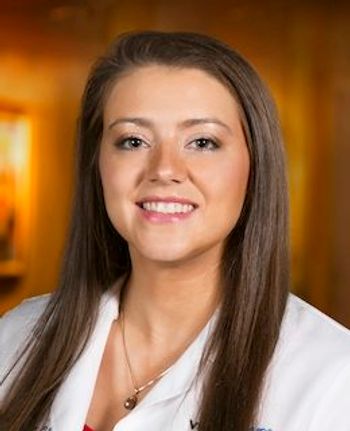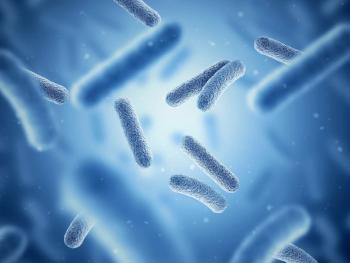
Special effects contact lenses: Kids, don't try this at home
The experience of Jonathan Gording, OD, with fitting special effects (SPFX) contact lenses (CLs) for characters in film projects also lends him valuable insight on the proliferation of SPFX CLs on the Internet and in neighborhood stores.
Key Points
While many eye-care professionals may experience a "monster" of a day, few can make that statement as literally as Jonathan Gording, OD. Dr. Gording's experience with fitting special effects (SPFX) contact lenses (CLs) for assorted creatures, aliens, and other characters for film and television productions also lends him insight about the proliferation of SPFX CLs on the Internet and in brick-and-mortar neighborhood stores.
Connecting with the studios
ScCLs for SPFX
Savvy make-up artists are ordering scleral CLs (ScCLs), usually used by glaucoma specialists for post-trabeculectomy patients whose eyes are over-filtering or for early bleb leaks, Dr. Gording said, adding that hand-painted ScCLs also are used for patients with a damaged but still-functional eye.
Differences also exist among the labs that make ScCLs, Dr. Gording said.
Some make-up artists even have tried to make their own lenses without using FDA-approved dyes or using dyes that lose their color if the lens is put into a saline lens-disinfectant solution, Dr. Gording said.
Because of the rise of methicillin-resistant Staphylococcus aureus infections, he added, clinicians should be increasingly vigilant in their community of conjunctivitis and fungal corneal infections with any CL. Those problems initially can mimic or masquerade as normal infections and are diagnosed with cultures or confocal microscopy, which enables a practitioner to see infectious organisms in a patient's eye, Dr. Gording said, adding that corneal ulcers also should be noted for possible Streptococcus or Pseudomonas bacteria.
Additionally, he said, ScCLs have a greater potential for conjunctival erosions, and the increased weight of ScCLs also poses a risk of corneal erosions under the eyelid, all the way up into the cul-de-sac, particularly if the lenses are of poor quality or are poorly fitted.
Newsletter
Want more insights like this? Subscribe to Optometry Times and get clinical pearls and practice tips delivered straight to your inbox.


















































.png)


